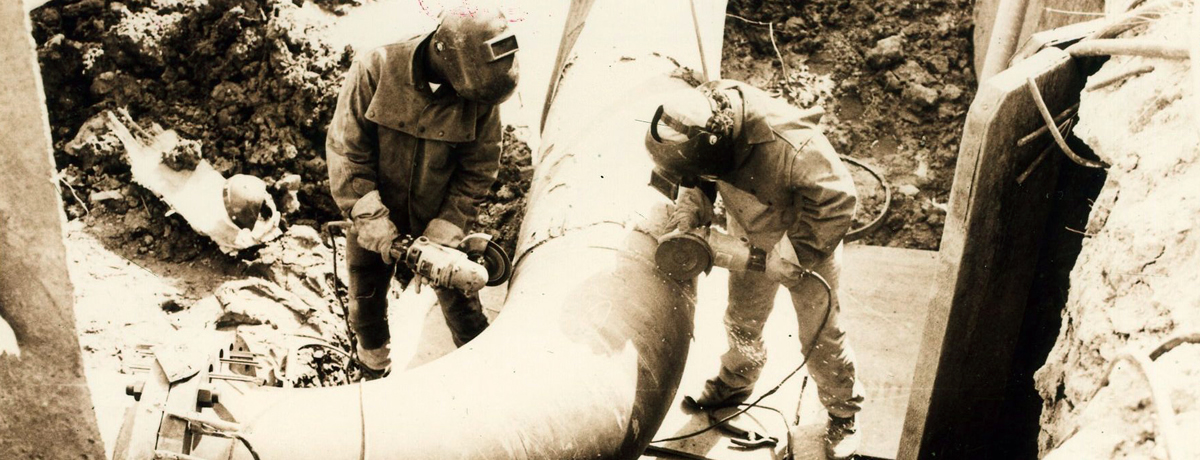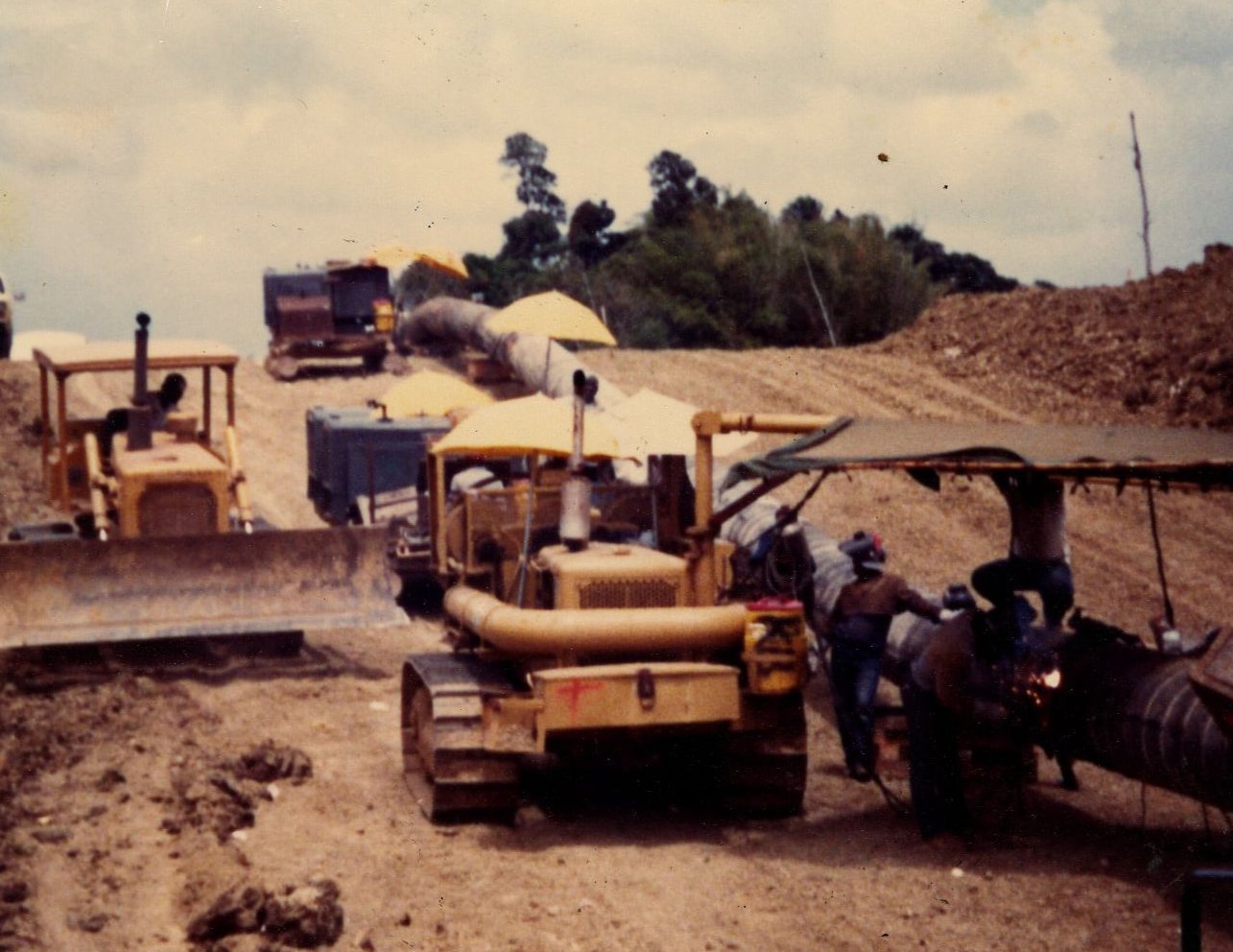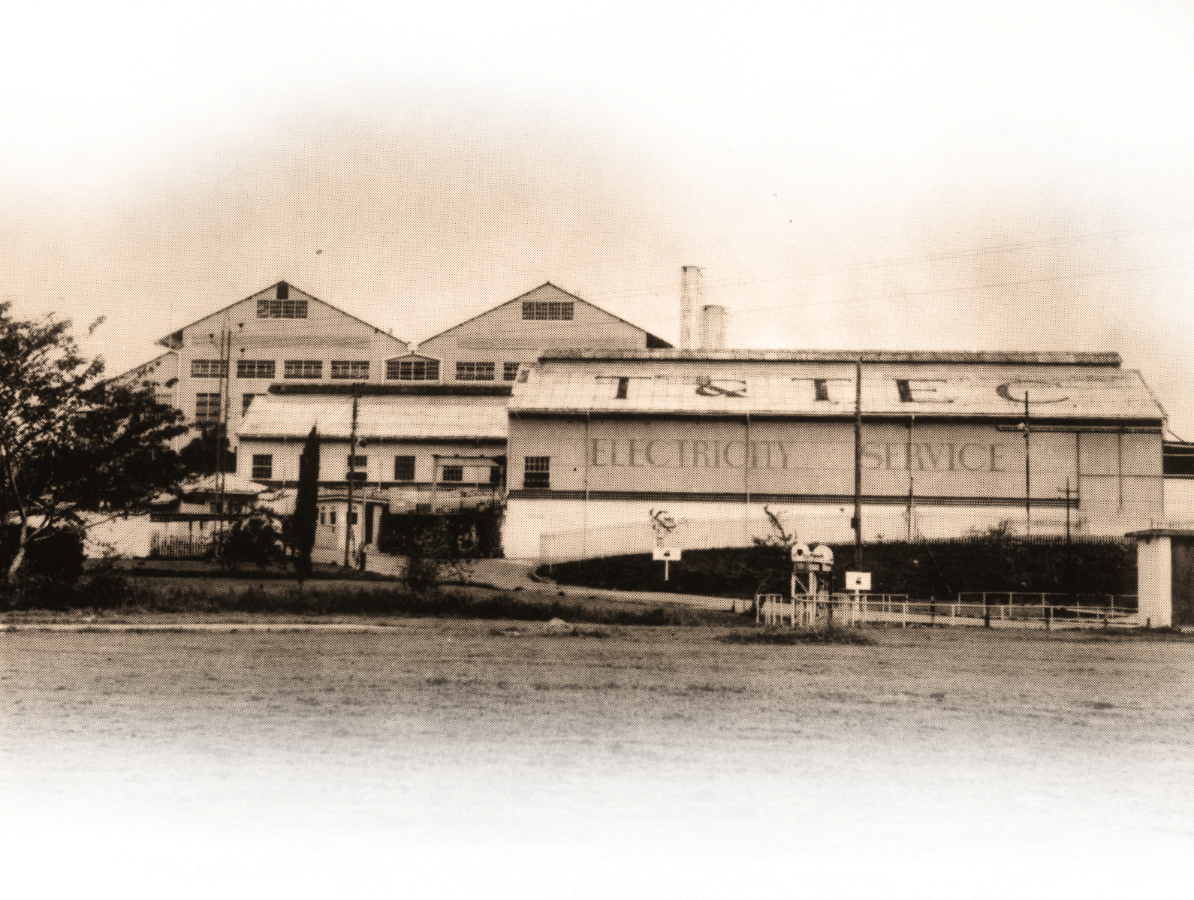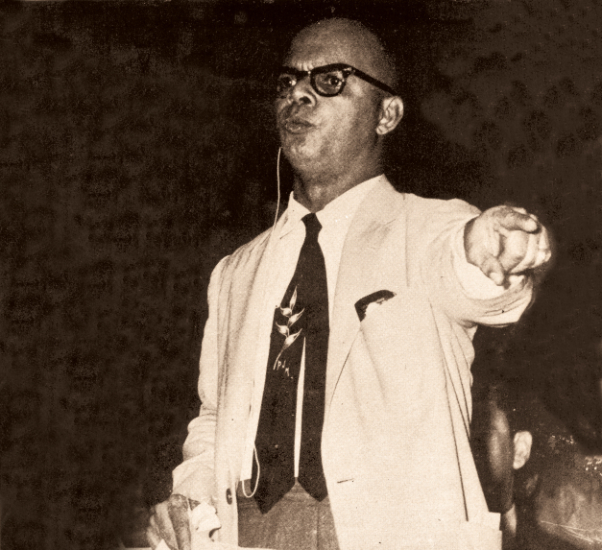
Our Legacy
The incorporation of The National Gas Company of Trinidad and Tobago Limited (NGC)…..
The incorporation of The National Gas Company of Trinidad and Tobago Limited (NGC) in August 1975 by the Government of Trinidad and Tobago shaped arguably the single most important chapter in the development of the country’s natural gas-based energy sector and laid the cornerstone for an unrivalled success story. Forty-five years later this story continues to reverberate around the world. Driven by a pioneering spirit, the robust history of NGC has been moulded by human ingenuity, innovation, courage and integrity as the Company, tasked with a herculean mandate from the Government, successfully diversified and transformed the oil-dominated energy sector, creating history and countless milestones along the way. Throughout its four decades of operations, NGC’s objective and fundamental purpose has always been to maximise value for stakeholders and deliver benefits to the people of Trinidad and Tobago. By creating an enviable gas-based industry, NGC has served as a global model for other countries. The distinctive Trinidad and Tobago gas development model has attracted numerous countries to NGC’s offices, keen to acquire knowledge about the remarkable evolution and progression of natural gas, once seen as a nuisance in its early days and flared, into a multibillion-dollar thriving industry.
The distinctive Trinidad and Tobago gas development model has attracted numerous countries to NGC’s offices, keen to acquire knowledge about the remarkable evolution and progression of natural gas, once seen as a nuisance in its early days and flared, into a multibillion-dollar thriving industry.
Having come full circle in participating the length and breadth of the natural gas value chain, NGC’s growth strategies have been focused beyond the domestic border and built around geographic and business portfolio expansion to exploit new investment opportunities.
Backed by its strong brand recognition and value, NGC built on its 40-plus years of extraordinary success by leveraging and capitalising on its core competencies and vast operating experience NGC has fully elevated and has come full circle, from being a mere pipeline company to developing a global presence and helping to shape the development of embryonic gas-based industries in other countries. The Company continues to ensure prosperity and sustainable development for Trinidad and Tobago as it has done since its inception.
How the gas revolution began
Natural gas has historically been part of Trinidad and Tobago’s rich energy landscape although for the first half of the 1900s it remained largely underdeveloped. At the time, its only value was as a by-product for gas lift operations in oil refineries and in communities adjoining oil fields.
Natural gas emerged as an important source of energy when the Trinidad and Tobago Electricity Commission (T&TEC), in a drive to promote electricity sales to support the country’s fledgling industrialisation post World War II, began utilising it as a low-cost fuel.
 It was commercially used for the first time in 1953 when the power company introduced it as a fuel for its steam generators at its Penal power station. By the end of the 1950s, the use of natural gas was expanded and was successfully utilised in the manufacture of cement and ammonia.
It was commercially used for the first time in 1953 when the power company introduced it as a fuel for its steam generators at its Penal power station. By the end of the 1950s, the use of natural gas was expanded and was successfully utilised in the manufacture of cement and ammonia.
A natural gas pipeline network was constructed in Penal to serve T&TEC but depletion of gas reservoirs in that area and the coincidental discovery of a significant gas province off the East Coast in 1969 provided the Government with both an alternative resource to crude oil and an opportunity to diversity the country’s petroleum portfolio for economic development.
 Noting the vast potential of the natural gas resources for economic and social transformation, the country’s first Prime Minister, Dr. Eric E. Williams in his 1970 Budget speech alluded to the high levels of offshore production of natural gas and low sulphur crude oil production. “There are few developing countries in the world which begin the decade with such assets. It is for us to utilise these assets for the national benefit, so that by the end of the decade we can look back upon an era of unprecedented economic and social development,” Dr. Williams remarked.
Noting the vast potential of the natural gas resources for economic and social transformation, the country’s first Prime Minister, Dr. Eric E. Williams in his 1970 Budget speech alluded to the high levels of offshore production of natural gas and low sulphur crude oil production. “There are few developing countries in the world which begin the decade with such assets. It is for us to utilise these assets for the national benefit, so that by the end of the decade we can look back upon an era of unprecedented economic and social development,” Dr. Williams remarked.
Focusing on the full potential of natural gas to precipitate economic development, Government formulated a new industrialisation policy, at the heart of which lay the establishment of gas-based projects. The creation of a natural gas industry from the surpluses of the ‘oil boom’ in the early 1970s also engendered the development of a modern gas-based industrial estate and port at Point Lisas.
A historic public consultation convened in 1975 and attended by representatives of ministries, local and international petroleum and financial companies, the labour movement and The University of the West Indies (The UWI), robustly discussed the conference document titled, ‘The Best Use of Our Petroleum Resources’ to carve out a clear and distinct path for the development of the incipient natural gas sector.
Eight projects were identified for further study by a Task Force, out of which five survived – electricity expansion, production of DRI, expansion of ammonia and urea, methanol and cement. The Flare Gas Conservation Project, which would later bring innumerable benefits to the country, was added and went into the development stage.
To accelerate the development of the natural gas industry, a multifaceted task force was mandated to evaluate investment proposals from mainly foreign companies that were keenly interested in establishing gas-based industries in the country. The Task Force also dealt with major issues impacting the industry including natural gas pricing and taxes, priorities for the utilisation of natural gas, conservation and infrastructure development.
They identified priorities for gas as:
- Enhanced oil recovery projects
- Clean source of fuel for electricity generation, small consumers, large-scale processing – petroleum refining and petrochemicals, large-scale energy-intensive industries – cement, steel and aluminium
- Chemical feedstock for ammonia and derivatives, methanol and derivatives and DRI
- Feedstock for energy export – LNG, fuel grade methanol and synthetic gasolines.
While a new pathway towards natural gas-based industrialisation was identified, the first imperative was guaranteeing gas supplies to prospective investors. There was also the need to establish an entity to administer contracts and transport and sell the gas commodity to proposed gas-based plants.